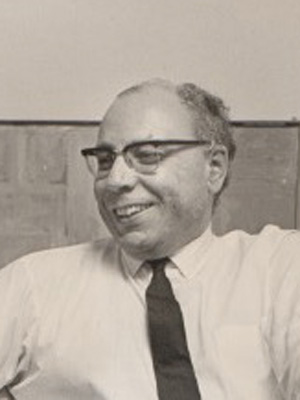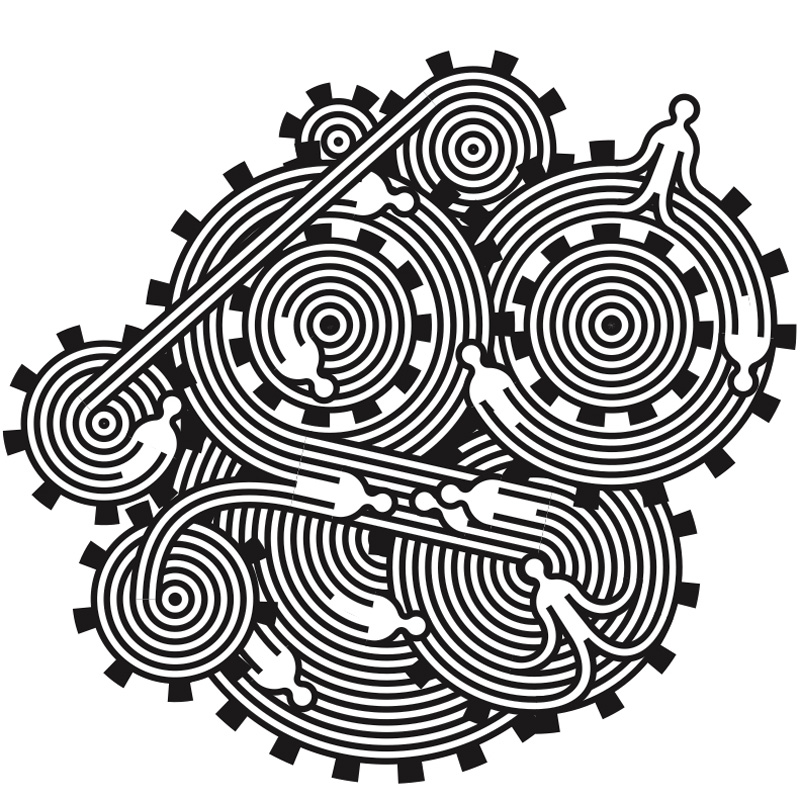STORIES-OLD
Contents
Federation through Stories
The next big thing
A sneak preview of the next Renaissance
We approach the genesis of a large, Renaissance-like change from a specific angle. Think about the invention of the printing press; it allowed knowledge to spread so much faster, that it is often considered to be the major contributing factor to the deep societal changes that follow. Or think about the steam engine; it not only powered the Industrial Revolution, but also served as a precursor to innumerable inventions that saved us work and effort. What ideas, and what inventions, may have a similar impact today?
We tell the stories of the giants who made such ground-breaking insights. We then explain why the application of those insights will lead to comprehensive change.
An informed approach to contemporary issues
What can we do that can make a large-enough difference? We show that when we begin to weave the insights across the academic disciplines and other relevant fields, not only do the problems and the answers become clear – but we also begin to see solutions and courses of action that are surprising, that bring vibrance and new life into our struggle with problems. But isn't that what the large paradigm shifts have always been about?
Vignettes
How to lift up an idea from undeserved anonymity
We tell vignettes – engaging, lively, catchy, sticky... real-life people and situation stories, to distill the core ideas of the most daring thinkers from the vocabulary of their field, and to give them the power of impact. We then show how to join the vignettes together into threads, and threads into patterns and patterns into a gestalt – an overarching view of our situation, which shows how the situation may (need to) be handled.
While it is the ideas that lead to the gestalt, it is the gestalt that gives the ideas their relevance, and their deeper reason for existence.
The 21st century printing press
Of course it's the Web – but...
Having decided, as a novice engineer in December of 1950, to direct his career so as to maximize its benefits to the mankind, Douglas Engelbart thought intensely about the best way to do that. After three months he had an epiphany.
On a convention of computer professionals in 1968 Engelbart and his SRI-based lab demonstrated the computer technology we are using today – computers linked together into a network, people interacting with computers via video terminals and a mouse and the windows, and through them with one another.
In the late 1990s the Silicon Valley found out that it was not Steve Jobs and Bill Gates who invented the technology, or even the XEROS Palo Alto Research Center from which they took it. Engelbart became a celebrity. He received all the imaginable honors that an inventor can get. And yet he made it obvious, and everyone around him knew, that he felt celebrated for a wrong reason; and that the gist of his vision had not yet been understood, or put to use.
Douglas Engelbart's unfinished revolution
In 2007, with his career coming to an end, Engelbart was honored one more time with a panel at Google, to give his last message to the world. Doug gave his slides the title "A Call to Action!". His his first slide – equipped with his photo to suggest that this was really his message to the world – read "Digital technology could help make this a better world. But we've also got to change our way of thinking." But during the panel the title slide and the three slides that followed – which explained the substance of his vision, and the deeper reason for the technology he invented – were not even shown!
Engelbart passed away in 2013, celebrated as the man whose ideas created "the revolution in the Valley", yet feeling that he had failed.
Erich Jantsch's unfinished revolution
Text
Systemic Innovation
The key insight that Engelbart and Jantsch both shared
What is it that Engelbart saw, that he was unable to communicate? What is "the Web that wasn't" (to use XY's apt phrase)? What is the new thinking that could enable the digital technology to help make this a better world? What was Jantsch's unfinished revolution?
A detailed answer will be given in the book titled "Systemic Innovation" and subtitled "Democracy for the Third Millennium". While this book is being written, you may pick up the answer from the page we've created for him, and from the notes provided here at the bottom.
But here it is, in a nutshell.
A better way to think
We asked our communication design team to create an ideogram that would show the people that they are part of a system. And that the structure of that system, or systems, determines both the quality of their life and the value .The ideogram shown on the right is what they came up with. So imagine a system as a large machine, comprising technology and people. Think of its role as taking everyone's daily work as input, and producing socially useful results as output. How well is it performing in this all-important task? How well is it suitable for that task? How much would its function improve by changing it?
Consider these questions for a moment, and the systemic innovation proposal will begin to emerge in full clarity before your eyes.



